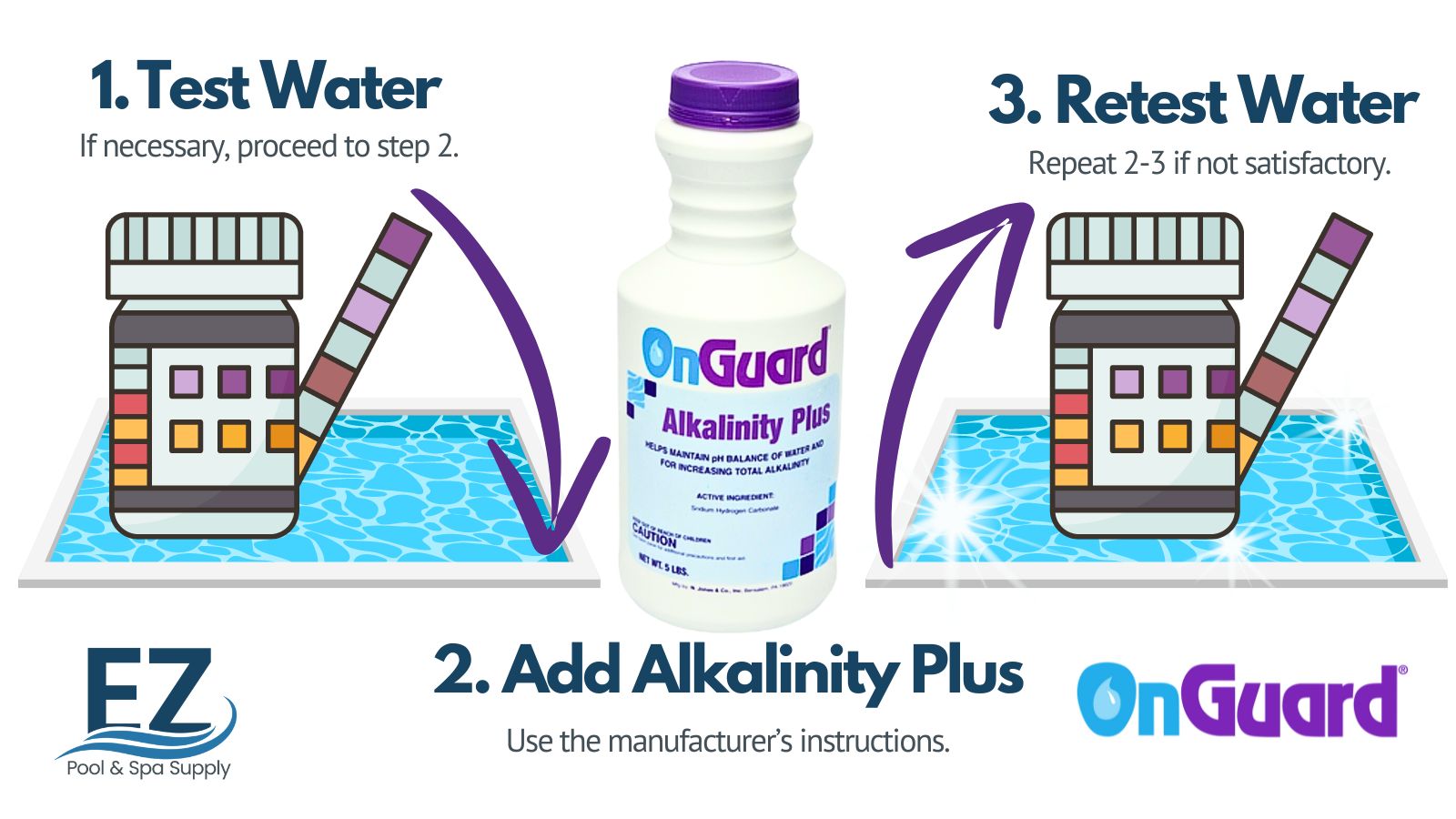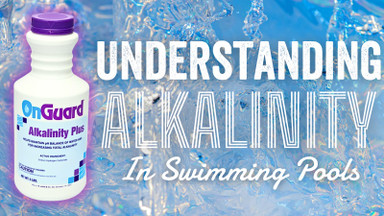Published by Anthony on 06/12/2024
What is Alkalinity Increaser?
Understanding Alkalinity in Swimming Pools
Alkalinity is a measure of the water's ability to resist changes in pH levels. It refers to the presence of alkaline substances, primarily bicarbonates, carbonates, and hydroxides, which act as buffers to stabilize the pH. Maintaining proper alkalinity levels in a swimming pool is crucial for several reasons:
- pH Stabilization: Alkalinity helps prevent rapid fluctuations in pH levels, which can cause issues such as scaling, cloudy water, and ineffective sanitizers.
- Sanitizer Effectiveness: Chlorine and other sanitizers work most effectively within a specific pH range. Proper alkalinity levels help maintain the optimal pH for sanitizer performance.
- Equipment Protection: High alkalinity can lead to scaling and calcium buildup on pool surfaces and equipment, while low alkalinity can cause corrosion and equipment damage.
You can use precise water testing equipment, test strips, or bring a pool water sample to your local pool store to determine your pool's alkalinity level. The ideal range for alkalinity in a swimming pool is typically between 80 to 120 parts per million (ppm). This range ensures that the pH remains stable and the water is balanced for optimal sanitizer performance and equipment protection.
Alkalinity Increaser
An alkalinity increaser, also known as an alkalinity raiser, alkalinity plus, or alkalinity buffer, is a chemical compound used to raise the alkalinity levels in a swimming pool. A common alkalinity increaser is sodium bicarbonate.
When the alkalinity levels in a pool are too low, it can cause the pH to fluctuate rapidly, leading to corrosion and ineffective sanitization. Adding an alkalinity increaser helps stabilize the pH and prevent these issues.
To raise the alkalinity levels, alkalinity increaser is added to the pool water according to the manufacturer's instructions or based on calculations considering the pool's volume and the desired alkalinity increase.

Balancing Pool Water
It's important to note that lowering alkalinity will also lower the pH levels. Therefore, after reducing the alkalinity, it may be necessary to aerate the water or add a pH increaser to raise the pH back to the desired range. In some cases, you might need to use pH rise or pH lower to restore your pool's pH level.
Maintaining the proper alkalinity levels in a swimming pool is essential for ensuring a balanced and healthy pool environment. By using alkalinity increaser and alkalinity decreaser as needed, pool owners can keep the alkalinity within the ideal range, promoting stable pH levels, effective sanitization, and protecting pool equipment from damage.





